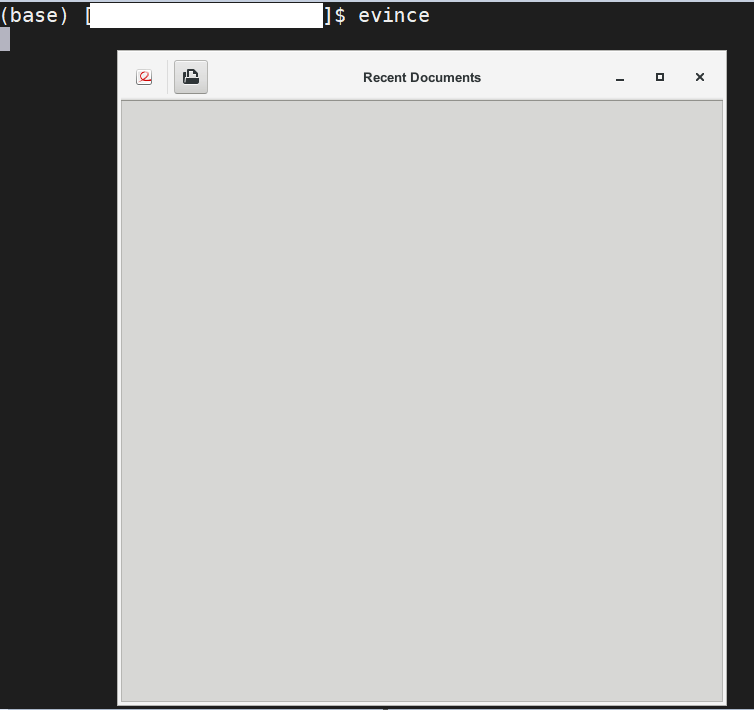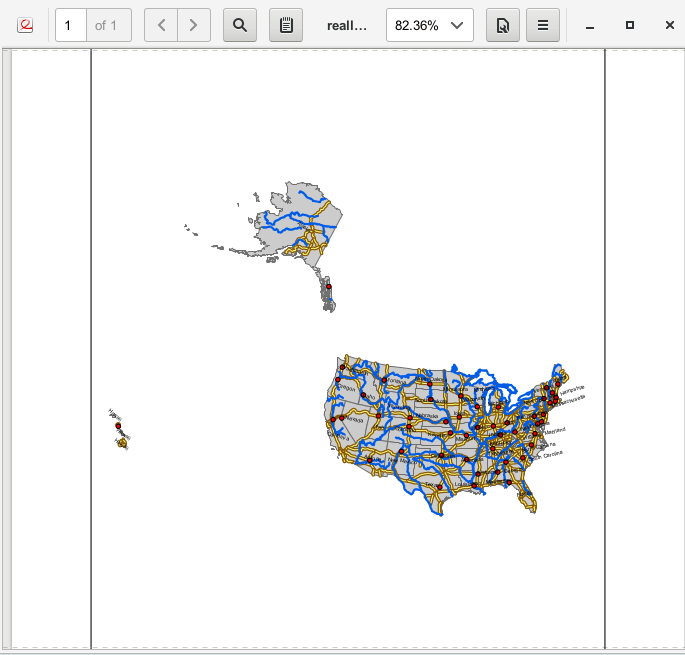For many of our Linux users, printing is a vital workflow to everyday GIS workflows. Not only is it important, but so is accessing those services. Let’s say, for example, you are working in a secure environment. You have limited access to a web browser to see your published services in real-time. However, you still need a way to print your published work.
In this short blog, we will investigate the handy tool evince and how it can help similar situations. See the table of contents below:
- What is evince?
- Using evince
1. What is evince?
Evince is the default document viewer for the GNOME desktop environment. It has the capabilities of displaying documents in formats such as PDF and Postscript. In our brief demonstration, I’ll show in the next section how we can use it.
2. Using evince
To get started, it’s pretty straight-forward. Depending on your Linux distro, install with your package manager (e.g. sudo apt install evince for Ubuntu). Once installed, you can verify if’s up and running:

Now, navigate over to a location where you have stored the printed service that you want to view:

To run evince, all you have to do is to say evince….pretty simple, right? However, you need to ensure that your shell session has X11 forwarding configured. If not, then the tool will fail to run properly. Assuming your shell session handles X11 forwarding, you should see something like the following:

Nice! Using the second icon to the left of this new open window, you can navigate over to that same location to open your service:

Once located, simply double-click to open it up:

That’s all there is to it! Using the tool evince, you can successfully view your published services that are ready to be printed.
Please let me know what other topics you would like me to cover in the comments below. Thank you for reading this Monthly Linux Tip!

Article Discussion: